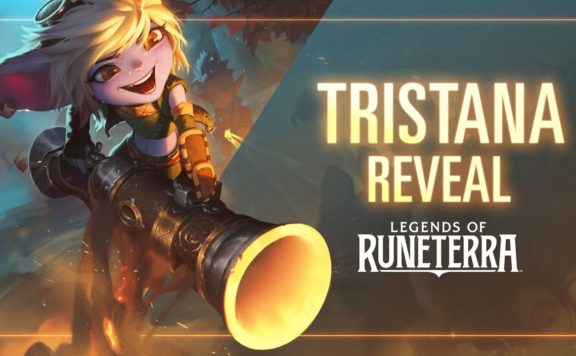TCGs aren’t exploding as much as things like battle royales have, but they’ve still flooded the game scene, in so much as there are only so many players who look to play TCGs. There are more options than you really need, leaving them struggling to find new ways to present the same mechanics while looking for interesting twists so they can stand out. I don’t blame Albedon Wars for the attempt, but so far, it seems to largely fall flat. This is our Albedon Wars for PC review.

I tried a bit of both factions and while they do offer a different storyline, the stilted dialogue and similarities of mechanics made it feel more like the factions were just a skin over the same thing.
At first glance, Albedon Wars looks complicated for the sake of complexity, and it, honestly, is. I went through the tutorial and saw buttons and cards that seemed to serve no purpose but to be there. It wasn’t that they didn’t do anything, they did, but they seemed unnecessary as if they could have simply been attached to characters as options or through a more intuitive, more elegant, UI. One example would be the buttons that were for movement and attack attached to characters, in addition to cards specifically for movement and attack. One or the other would have been fine, having both seems largely unnecessary.
There is a plot and storyline, but the writing is somewhat stilted and left to no choice dialogues you watch scroll across the screen. Some are shorter, some longer, but so far all they seem to do is break up the play and rhythm of play is actually pretty important when you set out to retail a game. So far, it seems like Firemill games may have forgotten that, or at least, overlooked it.
I won’t say there isn’t passion. It does look like there was a definite idea and plan surrounding the game, with people behind it who truly believed in what they set out to make. It’s hard to have a game come out in the structure this one did without defined ideas behind it, but not all ideas are good ones and not all games with passion have an enjoyable play.

The design is, admittedly, solid, it’s just not fun. It’s broken up with dialogue, riddled with extra steps to complete the most desultory of battles and extra summaries and calculations designed to determine if you win or lose. It feels like a marriage between a math major and a creative writing aspirant-which could be good, certainly, but in this, both sides just don’t mesh. Instead, they exist alongside, and each half makes the other feel jarring and conflicting with the other half. The result is a game that has you slide into one mindset just to be abruptly yanked into another, shattering any kind of immersion or interactivity you might have had while playing. Instead, it’s more like trying to solve two different puzzles at once, with each one demanding your attention when you focus on the other.
All in all, there are a lot of rough edges, but not in mechanics, but how the mechanics are implemented themselves. The idea is solid and easily visible, but it’s like a house that was built by two different architects and sets of engineers who refused to compromise or cooperate. What you end up with is a house where half of it is done in industrial with open pipes and whirling gears, while the other half is sleek curves and the burbling of greenery adorned fountains. It just doesn’t fit.
 A code was provided for the purposes of this review.
A code was provided for the purposes of this review.
Compare to: Hearthstone, Gwent, Faeria








